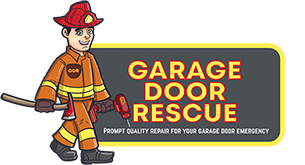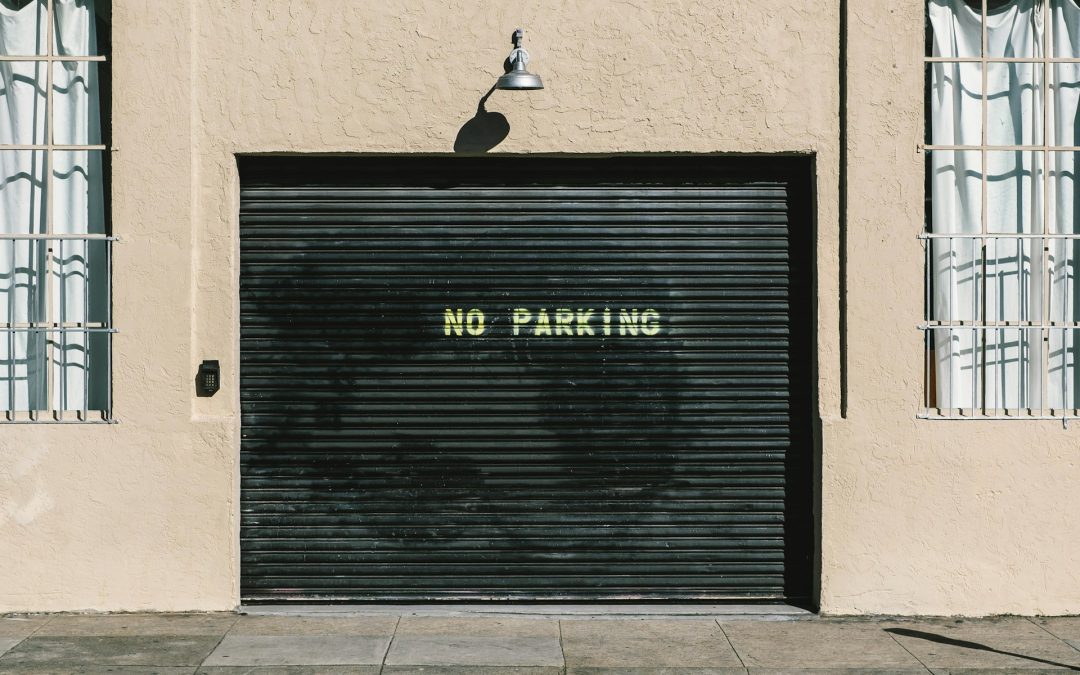Garage door springs play a crucial role in making sure your garage door opens and closes smoothly. These springs bear a lot of tension and are responsible for lifting the heavy door. When they are working correctly, you hardly notice them. However, if they break, they can cause significant problems, making your garage door unsafe and difficult to use. Recognizing the signs of broken garage door springs early can save you from inconvenience and potential hazards.
It is not always easy to tell if your garage door springs are broken. Sometimes the signs are obvious, like visible gaps in the springs, while other times, the symptoms are subtle but still problematic, like the garage door stopping midway or not opening at all. Knowing what to look for can help you address the issue before it becomes a major problem.
In this article, we will explore the role of garage door springs, identify the signs of broken springs, and explain how to test them. By understanding these aspects, you can ensure your garage door remains functional and safe for daily use. Let’s dive into how to tell if your garage door springs are broken.
Understanding the Role of Garage Door Springs
How Springs Help in Garage Door Operation
Garage door springs make the heavy lifting of your garage door possible. These springs handle most of the door’s weight, taking the load off the automatic opener or manual lifting. When you press the button to open your garage door, the springs contract, lifting the door upwards. This action counteracts the door’s weight. When closing, the springs expand, slowly lowering the door back into place. Without properly functioning springs, your garage door opener would struggle and possibly fail, causing inconvenience and posing safety risks.
Types of Garage Door Springs
There are primarily two types of garage door springs: torsion springs and extension springs. Torsion springs are typically mounted above the garage door and use torque to lift the door. These are common in newer garage door systems due to their durability and smoother operation. Extension springs, on the other hand, run along the sides of the door. They extend and contract to help lift and lower the door. These springs are common in older systems. Knowing which type of spring your garage door uses can help you better maintain them and understand when they might need replacement.
Signs Your Garage Door Springs Might Be Broken
Visible Gaps or Breaks in the Springs
One of the clearest signs that your garage door springs might be broken is visible damage, such as gaps or breaks in the spring coils. Take a close look at your garage door springs. If you see a gap in the torsion spring or a noticeable break in the extension spring, it’s a clear sign that the spring has snapped or is on the verge of breaking. This kind of damage compromises the spring’s ability to handle the door’s weight, making the door unsafe to use until repaired.
Door Stops Midway or Doesn’t Open at All
Another common sign of broken garage door springs is when the door stops midway or doesn’t open at all. When a spring breaks, it can no longer support the weight of the door. As a result, you might notice that the door starts to move but then halts abruptly or moves very slowly and with effort. In some cases, the door may not open at all, despite the motor running. This is a strong indicator that the springs are not functioning properly and need immediate attention.
Testing for Broken Garage Door Springs
Manual Lift Test
One simple way to test your garage door springs is the manual lift test. First, disconnect the garage door opener by pulling the release handle. This allows you to operate the door manually. Gently lift the door. If the springs are in good condition, the door will lift smoothly and stay open about three to four feet above the ground without much effort. If the door is hard to lift or doesn’t stay open, your springs may be broken or need adjustment. Performing this test can help you identify issues early on, ensuring your door remains safe and functional.
Balance Test
Another useful test is the balance test, which helps you determine if the springs are evenly distributing the door’s weight. Close the door and disconnect the opener. Then, manually lift the door halfway. It should stay in place without moving up or down. If it doesn’t stay in the midway position and either falls closed or rises, the balance is off, indicating that the springs are not functioning properly. An unbalanced garage door can be dangerous, as it may close unexpectedly, so performing this test regularly can help maintain your door’s safety and efficiency.
What to Do If Your Springs Are Broken
Immediate Safety Precautions
If you discover that your garage door springs are broken, taking immediate safety precautions is crucial. First, avoid using the garage door, as trying to open or close it can cause further damage or lead to an accident. Keep children and pets away from the door to prevent injuries. Additionally, disconnect the automatic opener to ensure it is not accidentally activated. Doing so will help prevent any unintended movement of the door, which can be hazardous without functional springs.
Contacting a Professional for Repair
Dealing with broken garage door springs is not a DIY job. The tension in the springs can be extremely dangerous and requires professional handling. Contacting a professional for repair ensures that the job is done safely and correctly. Look for a reliable garage door service like Garage Door Rescue. Professionals have the tools and expertise to replace the springs and get your door back in working order. Addressing the issue promptly with professional help can prevent further damage and ensure your garage door operates safely.
Conclusion
Identifying and dealing with broken garage door springs promptly is essential for the safety and functionality of your garage door. Recognizing the signs of damage, such as visible gaps in the springs or the door stopping midway, can help you address issues before they worsen. Conducting simple tests, like the manual lift and balance test, can provide further confirmation if your springs are not working properly.
Safety should always be your top priority when dealing with garage door springs. Avoiding DIY fixes and calling a professional ensures that the repairs are carried out safely and efficiently. Professional services not only fix the immediate issue but also help prevent future problems.
If you’re experiencing issues with your garage door springs, don’t wait for the problem to escalate. Contact Garage Door Rescue for expert garage door repair and maintenance services. Our team is ready to help you ensure your garage door operates smoothly and safely. Call us today to schedule your repair.

